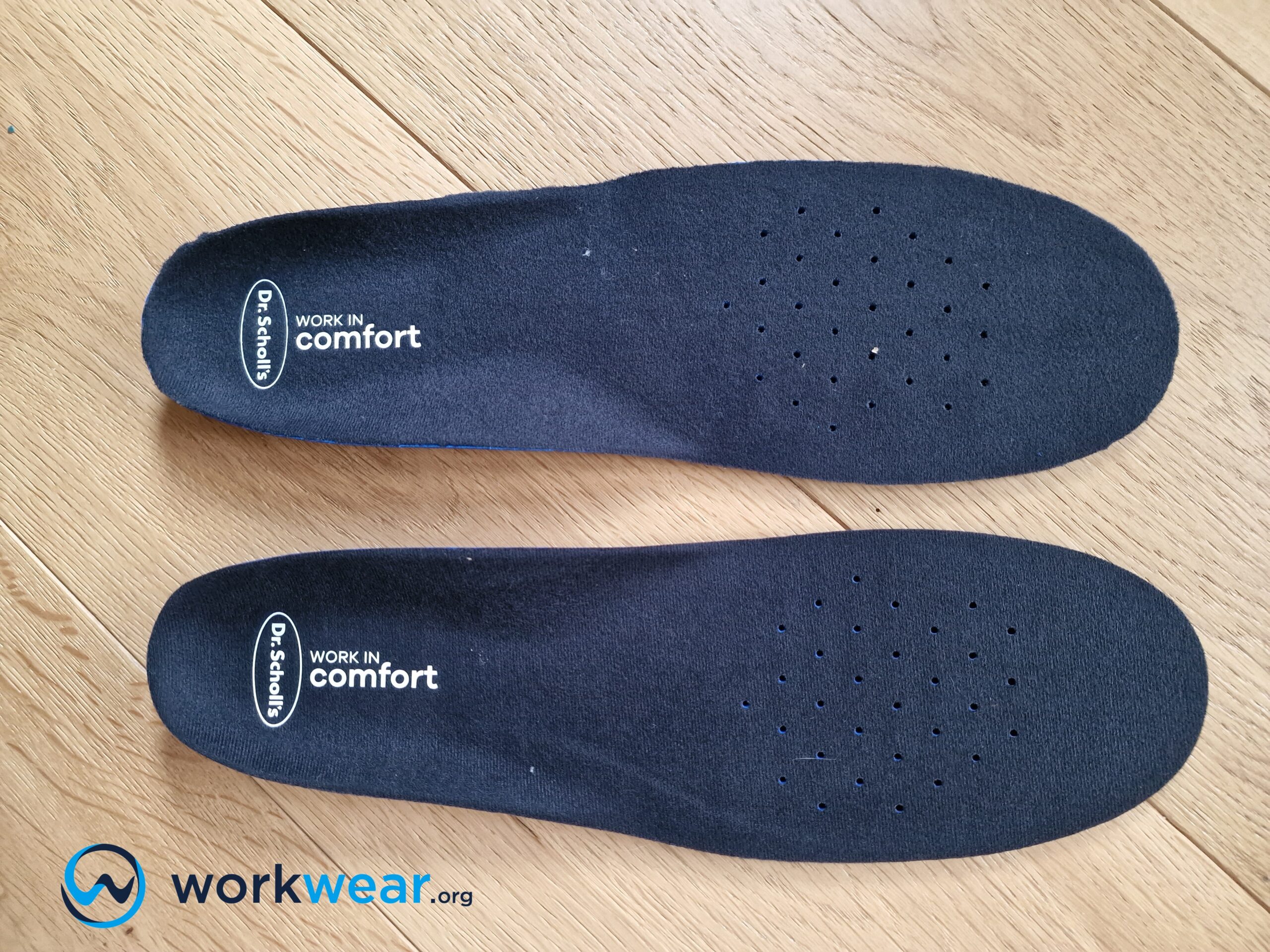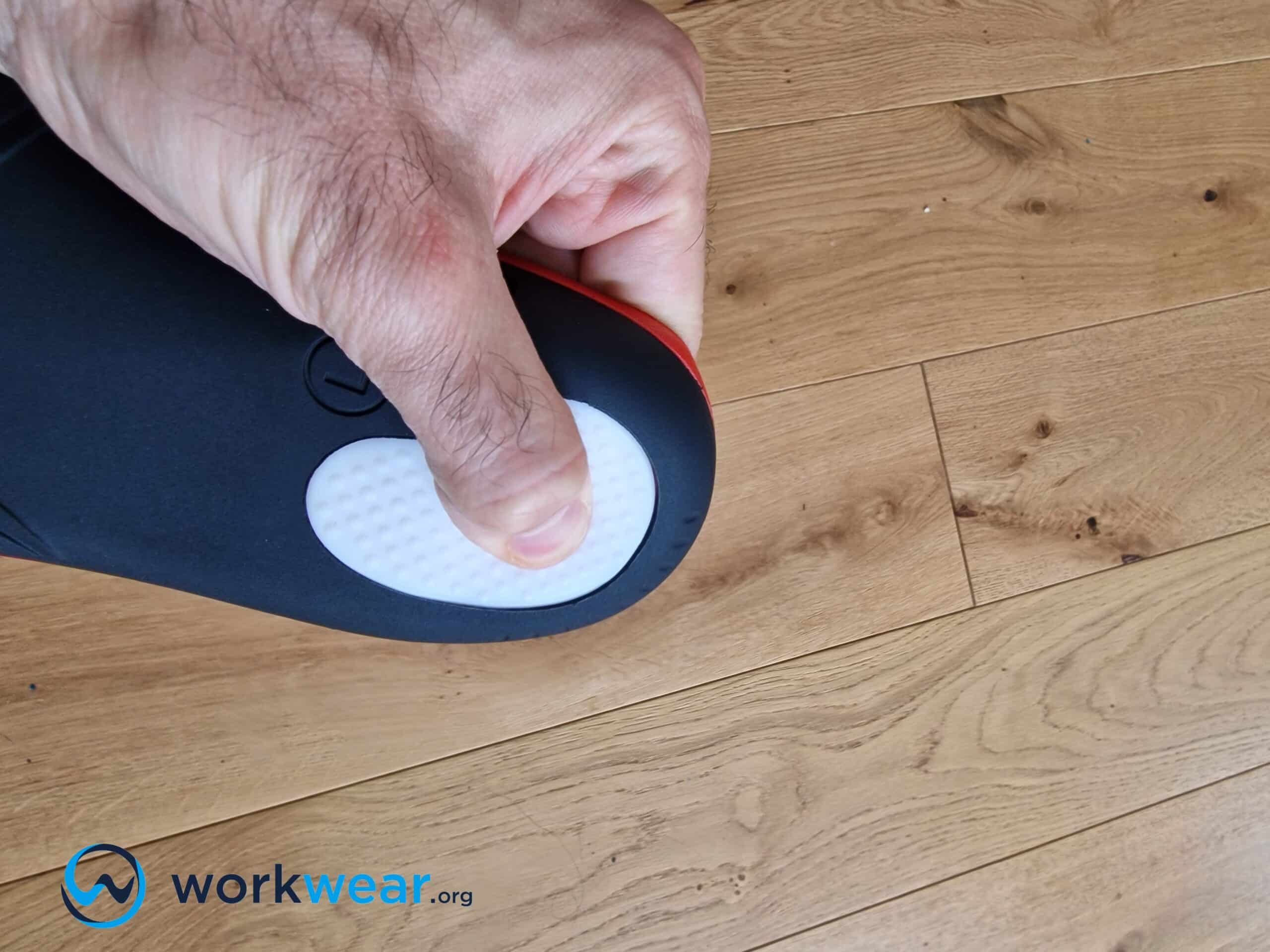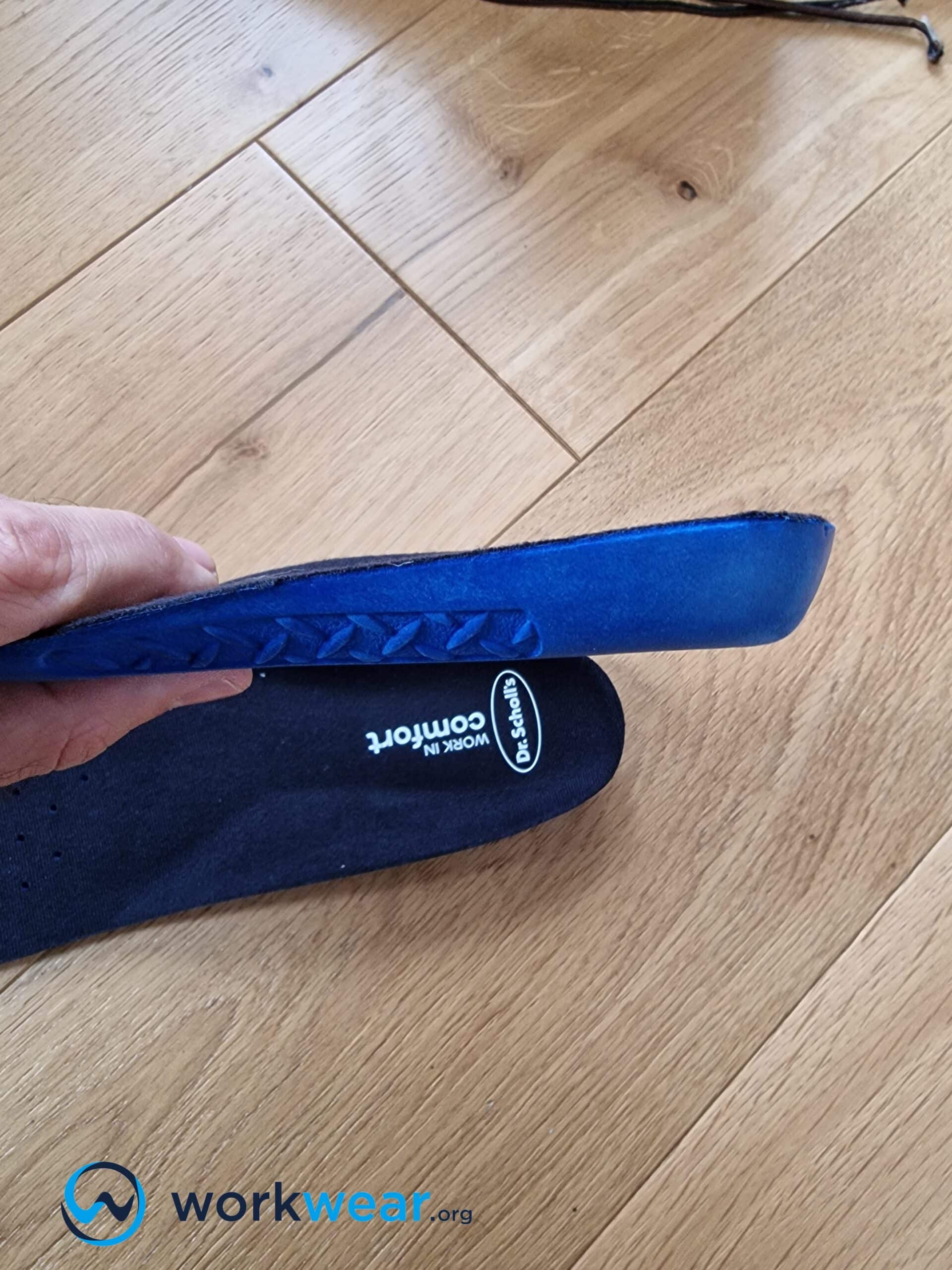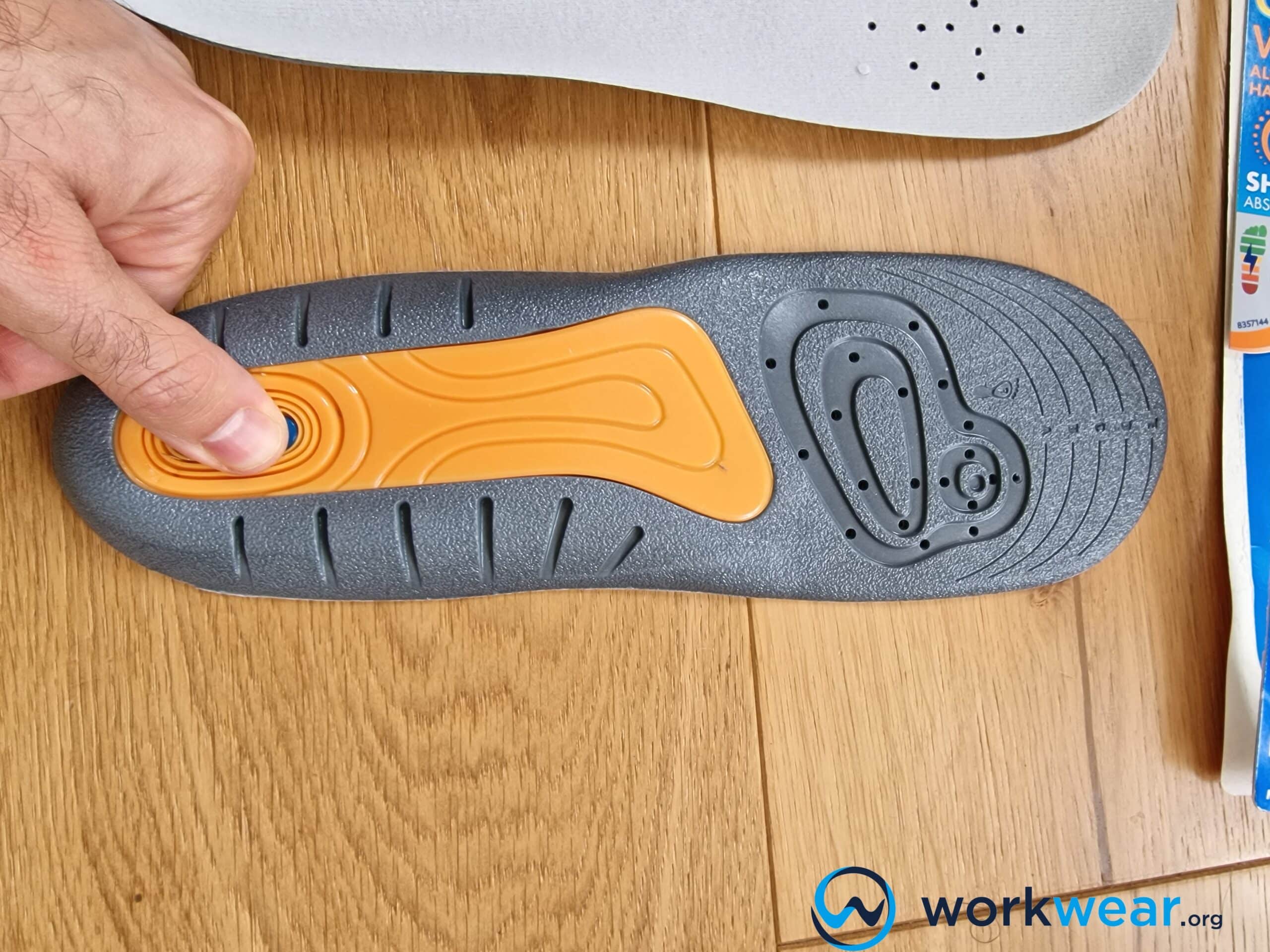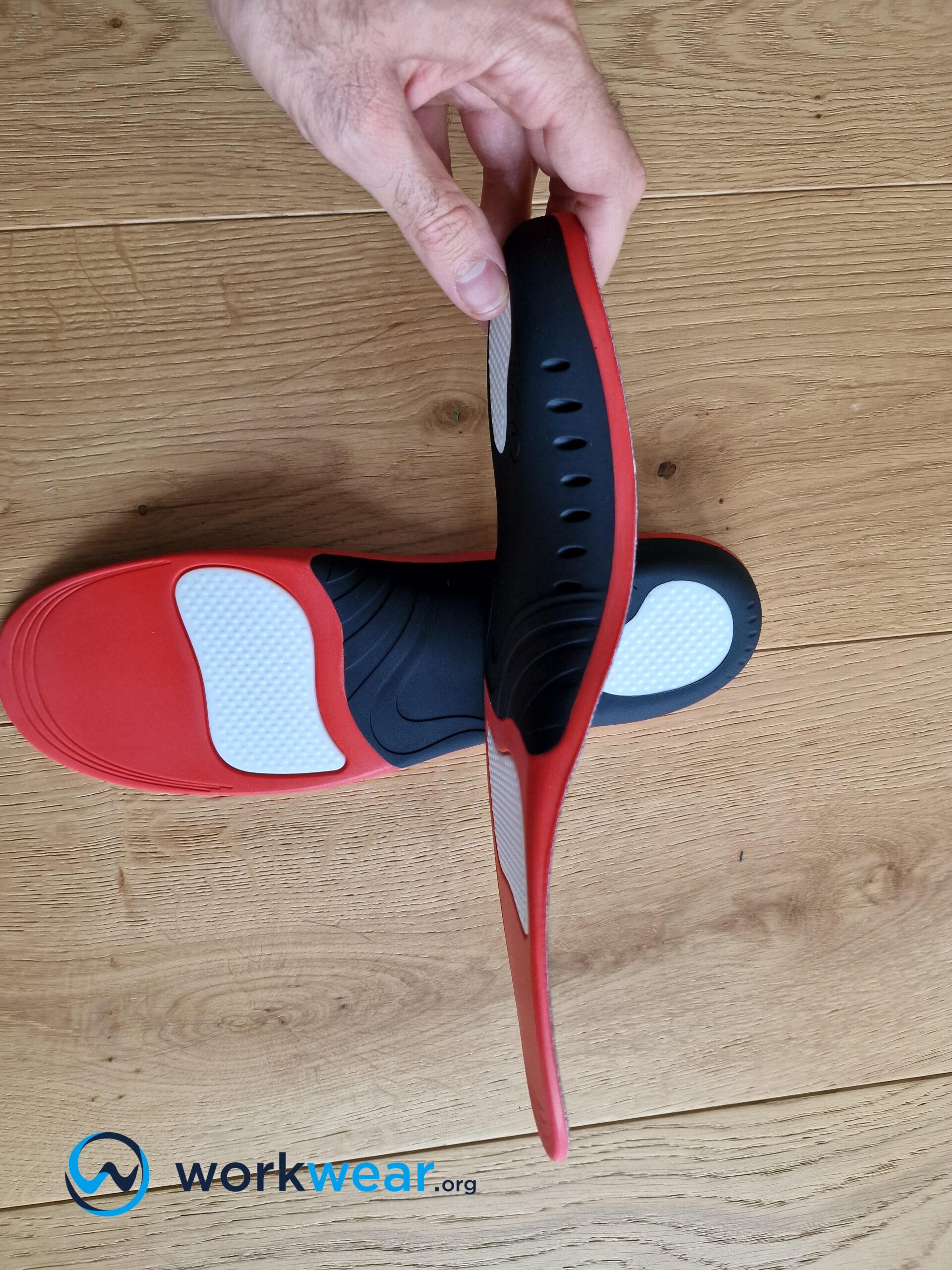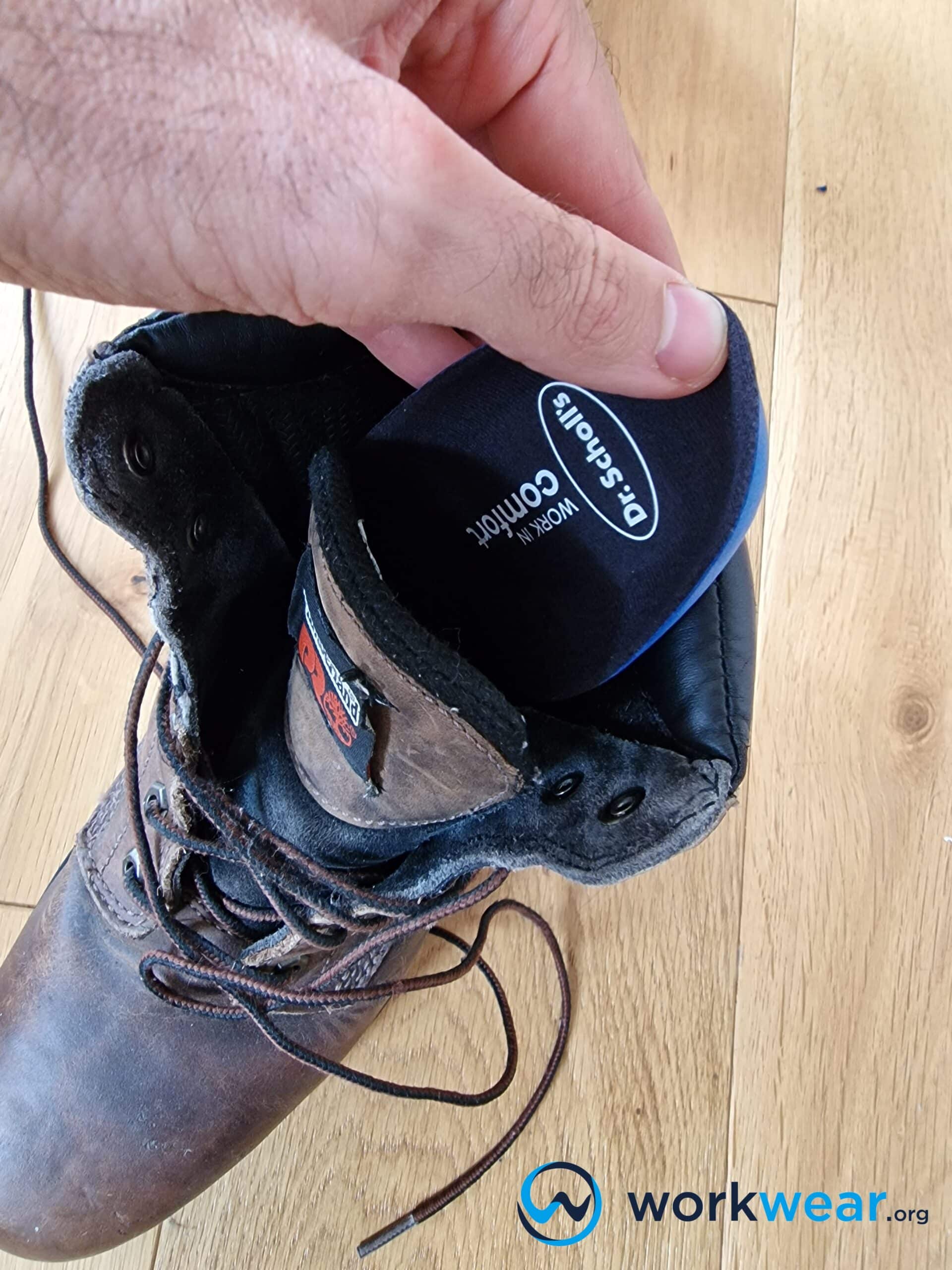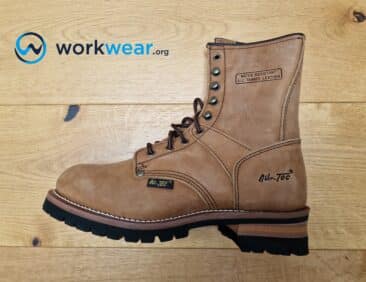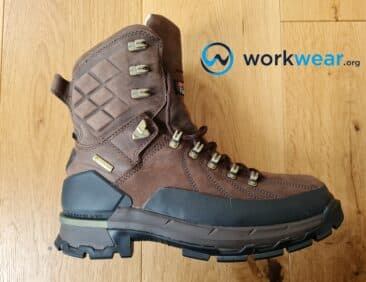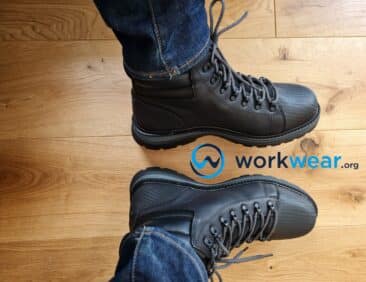How to Choose Insoles
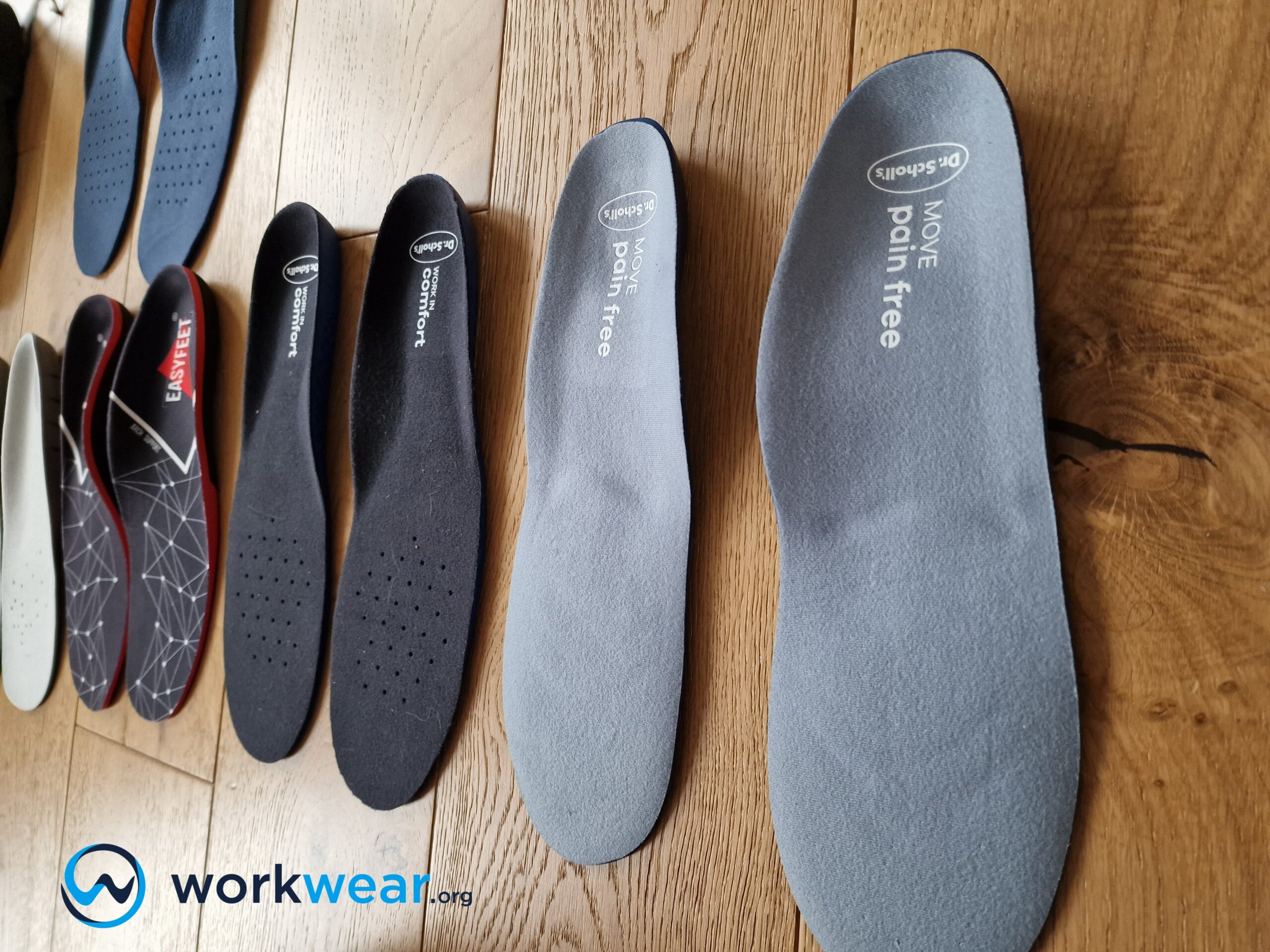
There are many options to choose from when looking for insoles to improve the feel of your boots or shoes. While it’s quite normal to lean towards the most popular or highest-rated insoles available, finding the ones that will give you the maximum benefits in addressing your specific needs is more important. The most popular insoles are not necessarily the most suitable choice for you – especially if you have specific foot requirements or conditions.
To get the most out of the insoles you’ll eventually choose, you must first consider what issues you want to improve on with insole use. This way, you can easily shortlist the options that are specifically designed to focus on your concerns, so your boot or shoe use can significantly be more comfortable.
These are several factors that need to be considered when choosing insoles to ensure that you’ll be able to enjoy the product’s full benefits, especially as they correspond to your specific needs. Read on to see the aspects you need to inspect, helping you find the insoles that can take on the challenges of your daily duties and activities.
Types of Insoles
The type of insoles you choose should correspond to what you plan to improve on in terms of comfort and performance. Knowing the insoles offered can help make a choice easier, allowing you to maximize the benefits each type can offer to cater to your specific needs. The following are the basic types of insoles.
- Comfort Insoles – as the name suggests, these insoles are designed to improve the comfort of boots and shoes. They’re built with features or enhancements that focus on specific concerns to keep the feet comfortable and prevent the onset of more serious problems triggered by discomfort. Depending on the brand, the insoles can be offered in different size options, or the size can be customized by trimming the original structure – but the comfort features can’t be personalized.
- Support Insoles – compared to comfort insoles, these are made of more rigid materials to provide strong support and enhanced structural integrity. These insoles offer a comfortable experience with a more stable structure instead of relying on soft cushioning. Insoles with supportive structures are suitable for long periods of standing or walking, securing the footing while providing enough support to the arches.
- Molded Insoles – these insoles are heated until they can be molded to follow the unique contours of the wearer’s feet. While it may seem like a great idea, the personalized fit won’t do much to improve on existing concerns – such as arch problems – as the insole is already molded to the feet’s shape. In addition, the material’s moldable quality isn’t as strong and may not last as long as the components of other insole types.
- Performance Insoles – these insoles are geared toward helping the wearer move more effortlessly while just as easily providing increased comfort and support. They’re usually made with flexible materials that won’t restrict natural movement and adapt quickly to the foot’s motion. These insoles can also be enhanced with shock-absorbing materials to keep the feet energized for extended periods.
- Custom Orthotics – unlike the previous types available over the counter, these insoles are prescribed by doctors. They’re custom-built to the user’s feet but leave enough room for specific conditions to improve, resulting in enhanced comfort and support. Also called orthopedic insoles, these can be used to address the abnormal movement of the feet or to relieve the discomfort caused by diabetic foot ulcers.
Types of Insoles
Comparison
| Types of Insoles |
Pros |
Cons |
|---|---|---|
| Comfort Insoles |
|
|
| Support Insoles |
|
|
| Molded Insoles |
|
|
| Performance Insoles |
|
|
| Custom Orthotics |
|
|
Materials Used for Insoles
As discussed below, insoles are made from different materials with their own advantages and disadvantages.
- Foam – this material is ideal for those who want to soften the soles of their boots or shoes. It has good cushioning properties that can enhance comfort while walking or standing for long periods. However, it may not be the most durable option and may heat up (depending on the quality and construction of the insoles).
- Plastic – plastic insoles offer the rigidity needed for strong arch support and can resist premature damage longer than softer materials. This material isn’t ideal for those looking for soft cushioning, though – unless the insoles have softening components built in.
- Gel – gel insoles, or at least the gel components, work to absorb impact successfully. The material distributes the shock to protect the feet against discomfort when walking or standing on hard ground. However, it may not resist damage when the insoles are used frequently for strenuous activities.
- Cork – cork insoles offer good support and cushioning to keep the feet comfortable. They’re designed to retain their original shape for a long time and encourage good ventilation to help prevent overheating. Cork tends to be heavier than other insole materials, so it may significantly add to the footwear’s total weight.
- Leather insoles are flexible and adapt easily to the foot’s motion. The material’s supple texture can make the feet comfortable, but it lacks the rigidity needed to provide strong arch support and stability.
Comparison
| Materials |
Pros |
Cons |
|---|---|---|
| Foam |
|
|
| Plastic |
|
|
| Gel |
|
|
| Cork |
|
|
| Leather |
|
|
Special Features/Enhancements of High-Quality Insoles
Aside from the types of insoles and the materials used for their construction, the special features built-in should also be considered when choosing the best insoles. These enhancements are designed to address specific concerns aside from making the boots and shoes more comfortable. Choosing insoles with the distinct qualities you need can help your footwear perform better and protect your feet against severe discomfort.
- Strong Arch Support – insoles designed with strong arch support stabilize the area to ensure that it won’t fall completely, especially after staying upright or walking for hours. The supportive structure engages the arch muscles while preventing discomfort as it spreads the pressure so that it won’t be focused uncomfortably in the arch area.
The level of arch support can vary from one insole option to the next. It’s essential to choose insoles with the level of support corresponding to the specific needs of your feet. Insoles with firm but flexible arch support are great for those with neutral or medium arches or those who are new to using insoles. Meanwhile, those with flat feet and people who walk or stand all day will have a more comfortable experience using insoles with exceptionally strong arch support.
- Shock-Absorbing Features – shock-absorbing materials soak up the disproportionate impact of continuous steps on hard surfaces. These components may be built into the entire insole structure or in key areas (such as the heel or forefoot) with the highest exposure to the force produced by walking. They take in the shock and dissipate it throughout the insole to prevent foot fatigue. Gel (or a gel-like substance) is one of the most common materials for shock absorption, but other materials can be used to dispel impact.
- Low Friction Cover – insoles with materials that minimize friction can protect the skin, preventing the formation of blisters that may otherwise develop when using boots or shoes for a long time. The low-friction materials (often used in top covers) can also minimize the heat and moisture build-up to keep the feet comfortable all day long, even in humid or extremely warm environments.
- Antimicrobial/Anti-Odor Treatment – an antimicrobial treatment inhibits the growth of bacteria in insoles, protecting the feet against potential health problems that unwanted organisms may cause. This enhancement also works for odor control, keeping the insoles – and the feet – smelling and feeling fresh for longer periods, especially after extended hours of footwear use.
- Stabilizing Heel Pads/Cups – insoles enhance the feet’s stability with deep heel cups that keep the heels in place. This feature secures the heel while walking, promoting a more stable feeling while maintaining the feet’s alignment for improved comfort.
- Breathable Components – breathable components make insoles feel cool for a lot longer, making the feet comfortable even after hours of use in hot or humid conditions. These materials allow the air to move freely throughout the insoles to stop overheating for a fresh feeling that can last for a long time.
- Moisture-Wicking Materials – uncomfortable sweating can be a problem when using insoles inside boots or shoes for a long time. However, this issue can be resolved with the help of materials that draw moisture away from the skin, keeping the feet dry and comfortable for longer. Moisture-wicking materials also help minimize the risk of bacterial growth and odor development in insoles.
| Special Features/Enhancements in Insoles |
Ideal for |
|---|---|
| Reinforced Arch Support |
|
| Shock-Absorbing Features |
|
| Low-Friction Covers |
|
| Antimicrobial/Anti-Odor Treatment |
|
| Stabilizing Heel Pads/Cups |
|
| Breathable Components |
|
| Moisture-Wicking Materials |
|
Conclusion
When choosing a pair of new insoles, you have to consider your foot requirements and the type of use you want your insoles for (e.g. work, walking, sports). The most commonly used materials in insoles are gel, foam, cork, plastic, and leather. The key features of insoles are shock absorption, arch support, minimized friction, odor control, heel stability, breathability, and moisture management. You will have to take a holistic approach and carefully consider all the above, in order to choose a pair of insoles that would suit you.
FAQs
- Is it necessary to measure the feet before choosing or buying insoles?
- This step is optional if you choose insoles that come in only one size, because you’ll need to trim them anyway to get the right fit for your boots or shoes. However, measuring your feet will be a good idea if you’re buying insoles in exact sizes to ensure you’ll get the correct size.
- If I want comfortable insoles, should I get the softest option available?
- It depends on where or how you will use the insoles. If you’re planning on using the insoles for days, mostly of working on your desk and doing minimal walking, then the softest option may be your best bet. However, if your job requires you to walk around for considerable lengths of time, you’ll benefit from choosing soft yet reinforced insoles that can support your feet throughout the day’s activities.
- Are thick insoles better than thin insoles?
- Not always. The extra volume can enhance softness and cushioning properties, but it may also make boots or shoes uncomfortably tight. For dress work shoes and boots, it’s best to look for thin insoles that still provide softness and support that won’t compromise a comfortable fit.
- Do insoles with gel enhancements work better than those without this component?
- Insoles that use gel or gel-like materials for cushioning deliver enhanced shock absorption, preventing foot fatigue when walking over hard ground conditions for long periods. The gel used for shock absorption is typically heavier than other materials, so the gel infusion may not work as well for those who want to keep their shoes or boots as lightweight as possible.
